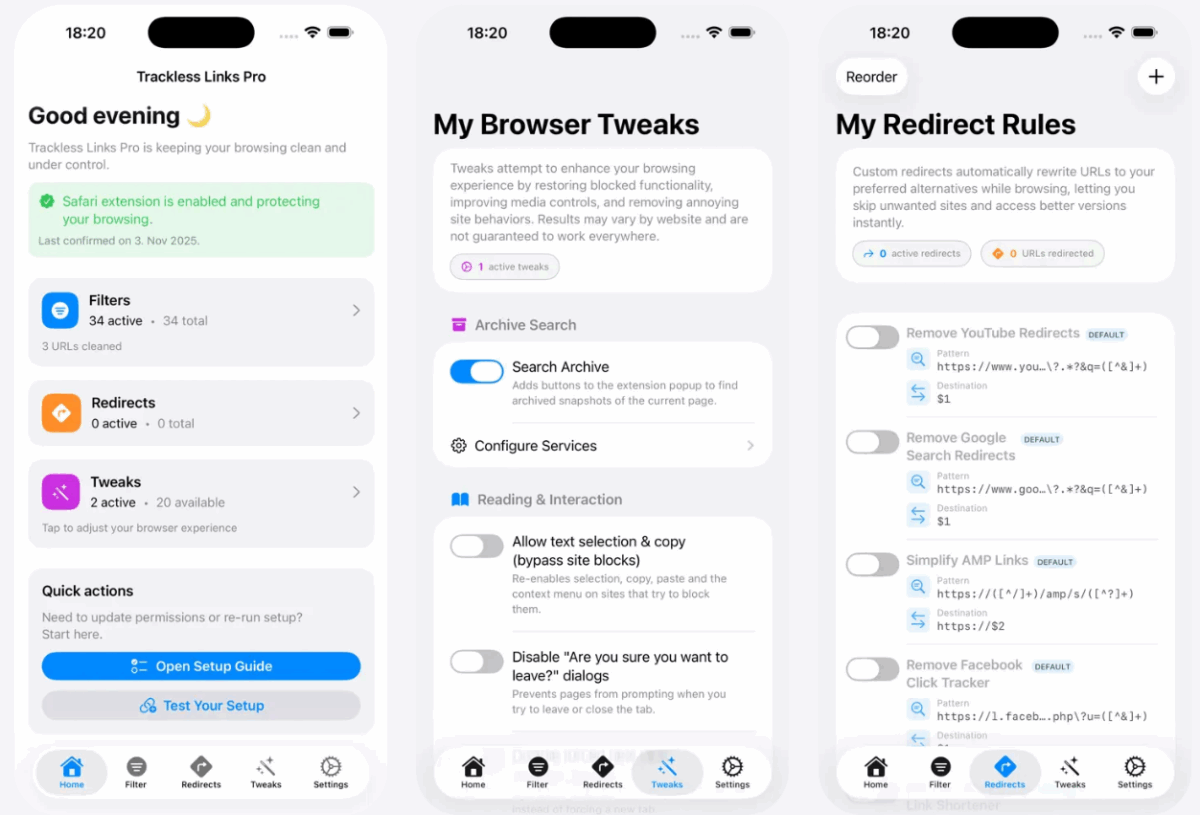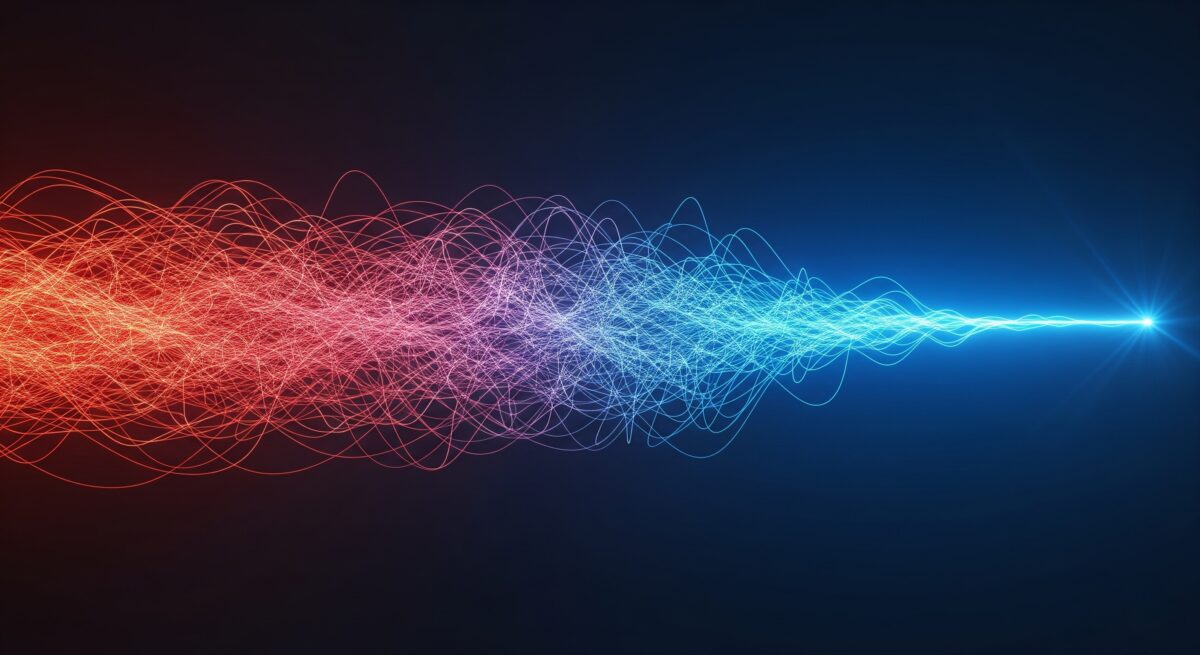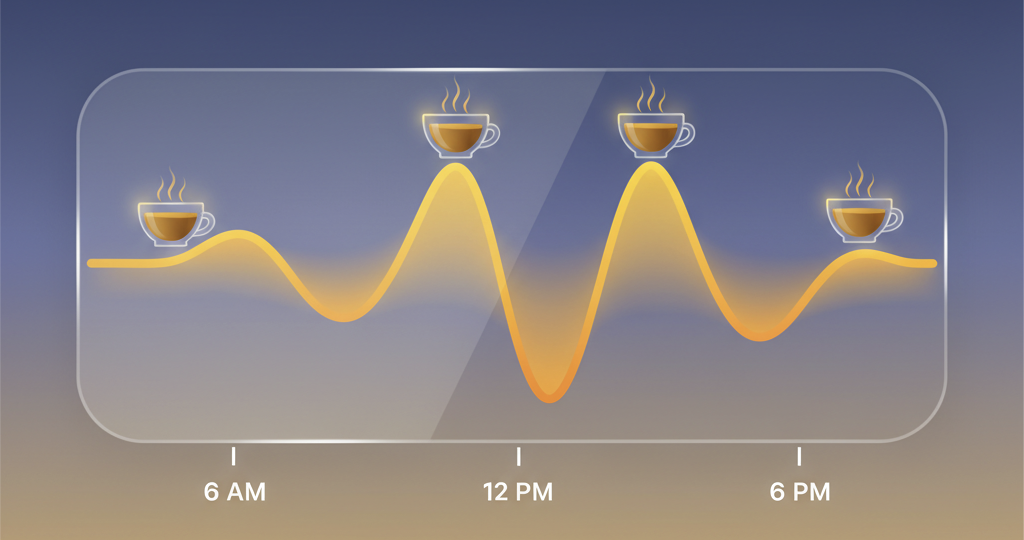Category: Technology
-

The Story Continues: Why I Built Trackless Links Pro for the Mac
The story of Trackless Links wasn’t finished. The power-tools I’d built for my iPhone – like the redirect engine (to force old.reddit) and the browser tweaks (to re-enable copy-paste) – were all missing on my desktop. This is the story of why I built Trackless Links Pro, a native Mac app with full iCloud sync,…
-

Trackless Links: My Side Project to Fix the Web Got a Little Out of Hand
It all started with a simple annoyance: messy, tracked URLs. What began as a quick-and-dirty script for myself slowly evolved as I added more features to fix the web’s frustrations—from a one-click Web Archive lookup to a powerful redirect engine. This is the story of how my little side project got a little out of…
-

Die KI-Fabrik der Zukunft: Wie deutsche Unternehmen mit hybrider KI Souveränität und Innovation vereinen
Für CIOs ist die Nutzung von KI an eine klare Bedingung geknüpft: Die Kontrolle über Datenbestände darf nicht aufgegeben werden. Dieser Artikel analysiert, wie eine konsequente Verbindung von Hybrider KI und Datensouveränität in der Praxis aussieht, indem KI-Entwicklungswerkzeuge aus der Cloud mit lokaler Datenverarbeitung kombiniert werden.
-

Beyond the Noise: The Security Shift That Matters More Than Your SIEM
“We’re drowning in alerts, but I’m still worried the real threat is slipping through.” This common CISO complaint isn’t a data problem—it’s a clarity problem. It’s time for a new cybersecurity strategy focused on synthesis, intelligence, and automation instead of noise…

